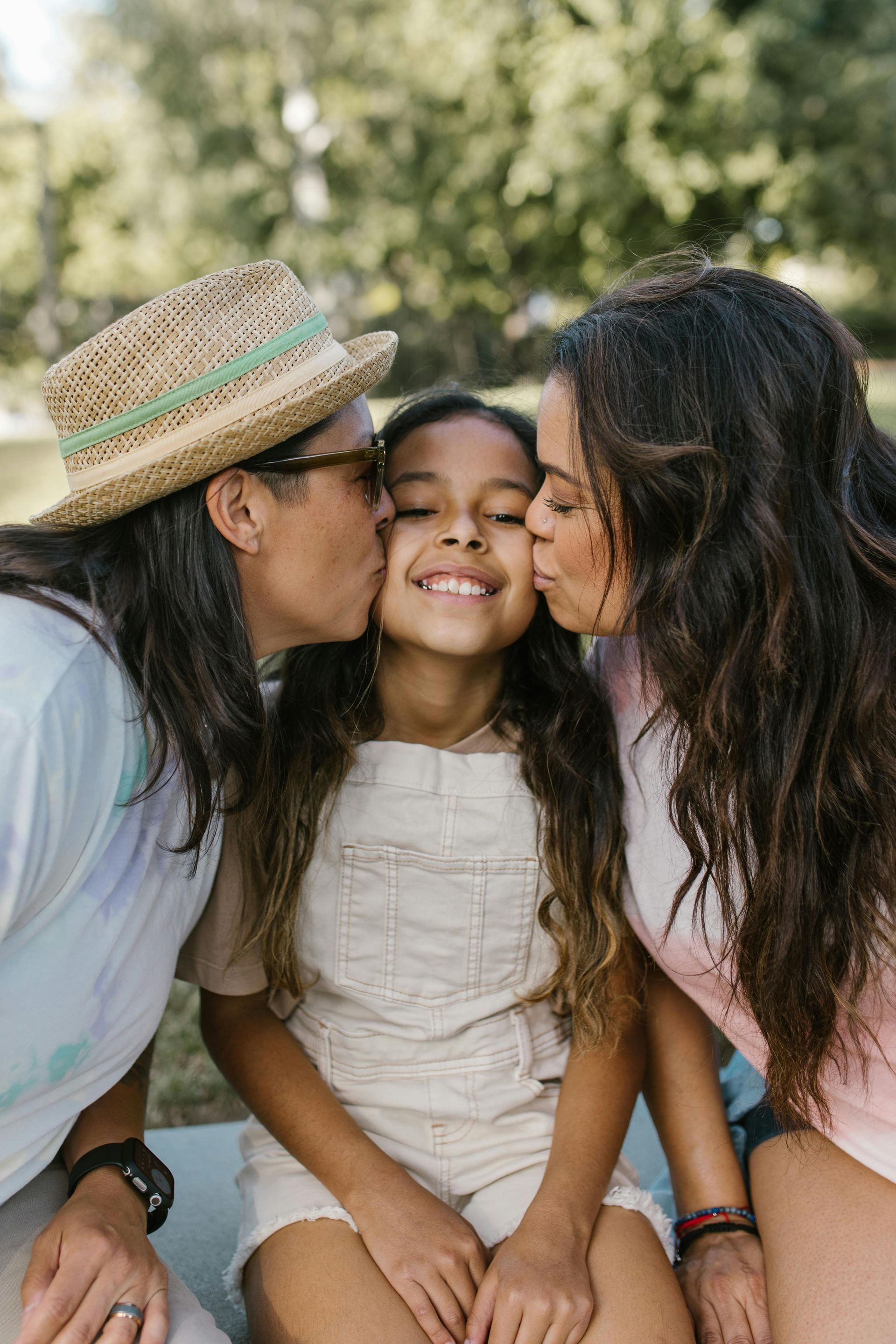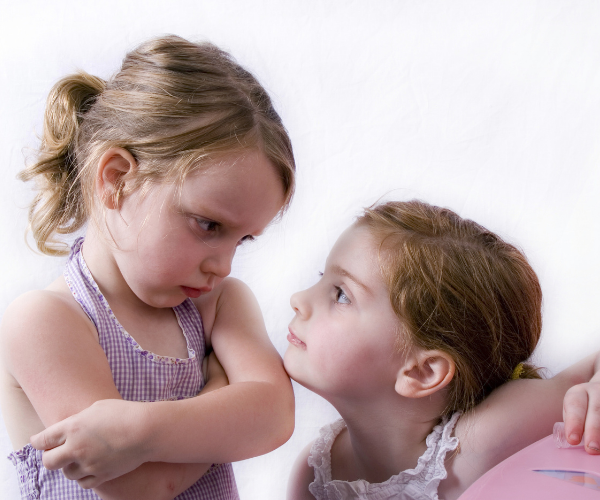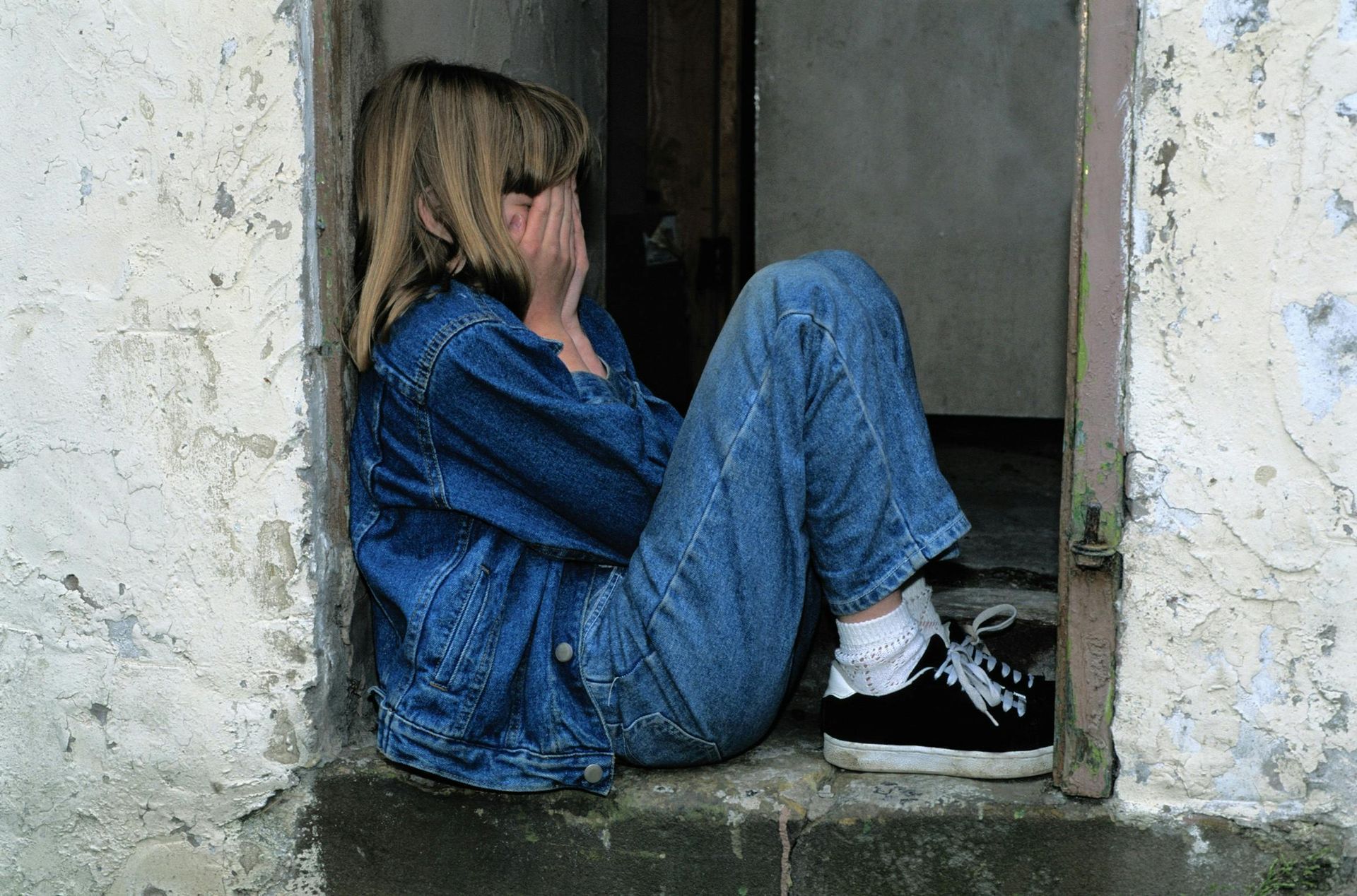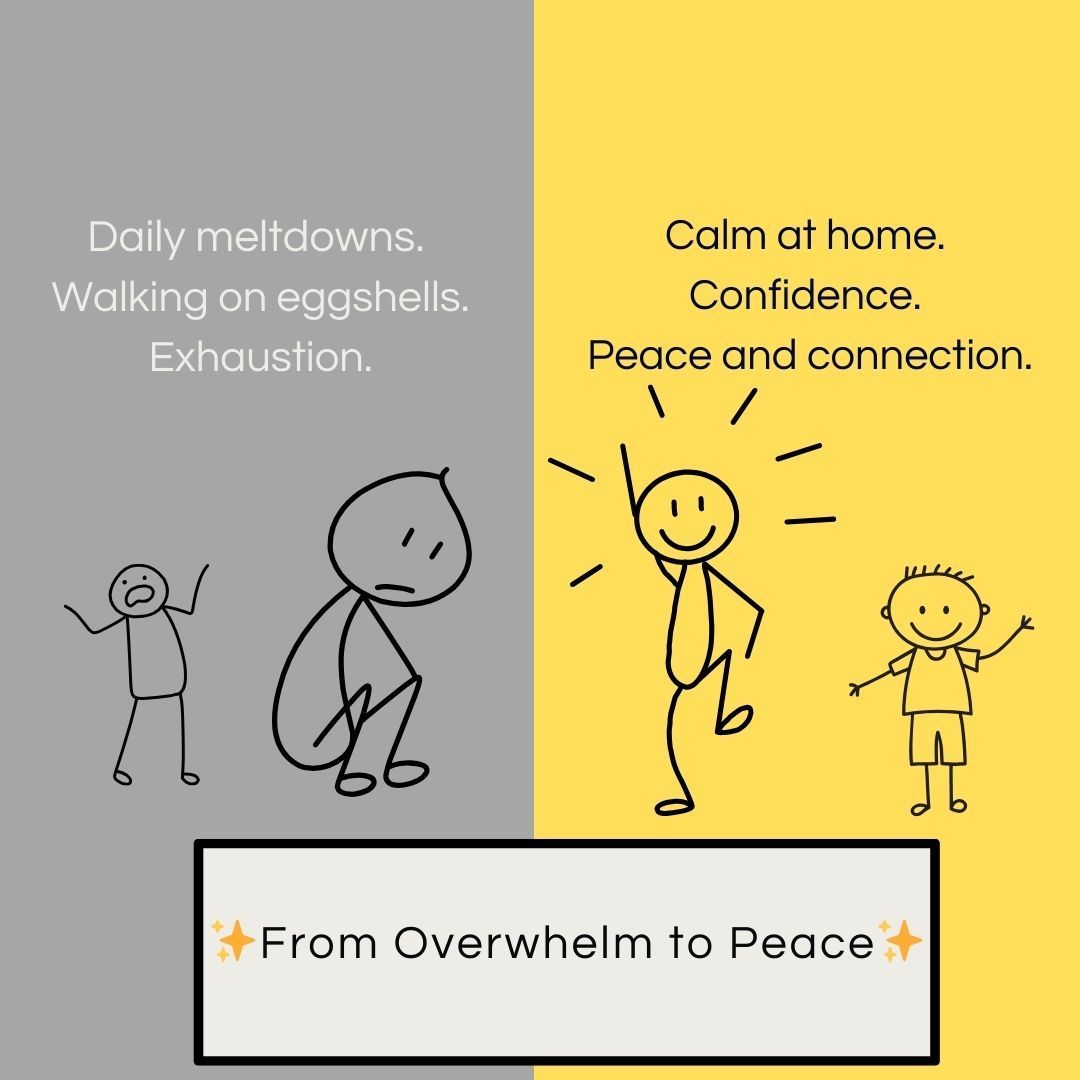Handle Rudeness; Help Kids Open Up, Instead of Shut Down
Ceara Deno, MD • January 21, 2025
Schedule A Free Call
Handling Rudeness
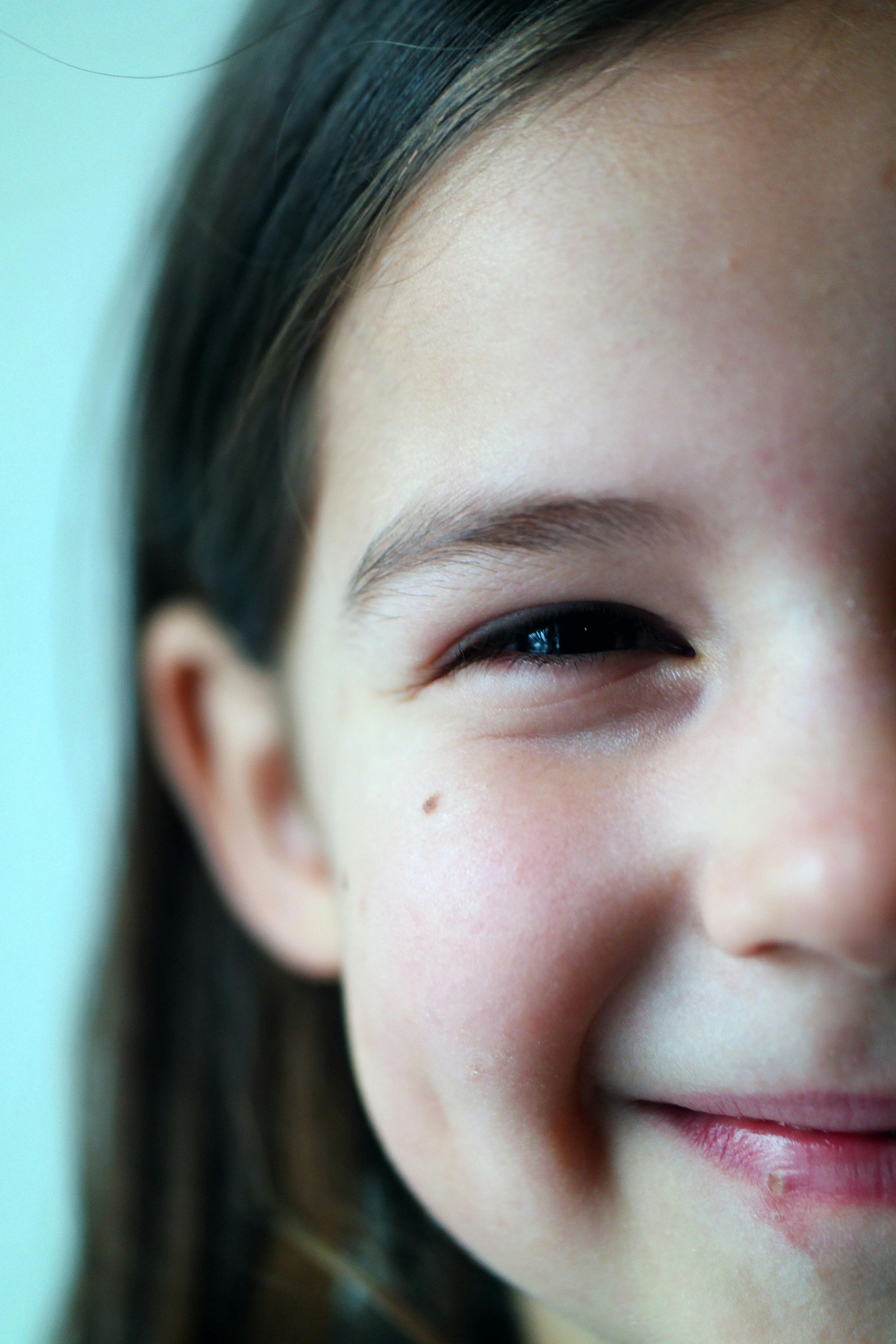
Is your child frequently mean or rude? Is it getting worse?
Is this a normal stage?
Is it just part of being a tween or teen?
Are they trying to be disrespectful?
Are they just ungrateful, or spoiled?
If you feel frustrated and unsure how to respond, you’re not alone.
But here’s the thing: kids aren’t mean and rude for the reasons we often think.
Rudeness and meanness is usually a way kids protect themselves when they feel hurt, embarrassed, or overwhelmed.
Why Kids Are Rude
Rudeness usually masks vulnerable feelings that kids don’t feel safe or able to express. Behind a sarcastic remark, an eye roll, or a snappy tone might be a child who feels:
- Hurt or insulted
- Embarrassed or ashamed
- Unseen or uncared for
- Overwhelmed or stressed
- Threatened or powerless
When kids don’t have the words or the emotional safety to share what they’re really feeling, they often lash out with behavior that looks like rudeness. It’s not about disrespect; it’s about protection.
When we help kids express and share their true feelings, even vulnerable feelings, the need for rudeness fades away.
How to Respond
The good news is that rudeness can often be softened or even eliminated by creating a safe space for kids to share their real feelings. When parents respond with empathy and curiosity instead of frustration, it helps kids move out of their defensive mode and into connection.
Here are two simple but powerful phrases you can use:
“You sound like you’re struggling, tired, stressed, or upset. How can I help?”
“You seem upset. What can I do?”
These responses show your child that you’re paying attention, you care, and you’re available to help—without shaming or punishing them for their behavior.
The Transformation
When kids feel safe sharing their vulnerable feelings, they no longer need to defend themselves with rudeness. Instead of snapping, they can say things like:
“I’m so tired.”
“I feel overwhelmed.”
“I’m upset about something.”
These moments of honesty open the door to genuine connection.
When we respond with empathy and understanding, we teach kids that their feelings are valid and manageable, and that they don’t need to hide behind rudeness.
Imagine your child saying, “I’m having a really hard day,” instead of snapping or rolling their eyes.
Final Thoughts
Rudeness is a sign that your child is struggling with something beneath the surface.
By shifting your focus from the behavior to the feelings driving it, you can help your child feel understood, valued, and supported.
Over time, this approach fosters trust and emotional resilience, creating a stronger connection between you and your child.
If you’re ready to help your child move past rudeness and find healthier ways to express themselves, I’d love to support you.
Schedule a free call with me to learn how you can transform tough moments into opportunities for growth and understanding.

Have you ever noticed how something as simple as leaving the playground, turning off a tablet, or getting ready for school can spark big resistance—or even a meltdown? For many children, especially those who are highly sensitive or deeply feeling, transitions are some of the hardest moments of the day. It’s not because they’re being “difficult”—it’s because their brains and nervous systems experience change differently. The good news: once you understand why transitions are so challenging, you can respond with empathy and tools that make them easier. Here are 5 common reasons transitions are tough for your child—and what you can do to help. 1. They’re Deeply Engaged in the Moment Highly sensitive kids often immerse themselves fully in what they’re doing—whether that’s reading, building, or playing. Being asked to stop feels like being pulled out of a world they love. How to help: Give gentle warnings before the change. Try: “Five more minutes of play, then it’s time for dinner.” Using a timer or visual countdown can help them prepare. 2. Their Brains Need More Time to Shift Gears Transitions require mental flexibility, which can be harder for sensitive nervous systems. Switching from one activity to another i s like changing lanes on a crowded highway—it takes time. How to help: Use consistent signals to cue transitions, such as a special song, a picture schedule, or a fun countdown routine. 3. Transitions Can Feel Like a Loss of Control Children often feel like transitions are imposed on them. That lack of control can trigger pushback or power struggles. How to help: Offer simple choices so they feel empowered. For example: “Do you want to brush teeth first or change into pajamas first?” 4. They Anticipate Stress in the Next Activity If your child expects the next step to be boring, stressful, or less enjoyable, they may resist leaving the current activity. How to help: Empathize first: “It’s hard to stop playing, I know.” Then, ease the shift with something to look forward to: “Want to bring your toy to the car so it feels easier?” 5. Their Nervous Systems Feel Every Shift More Intensely Highly sensitive kids notice and react to even small changes in environment, energy, and routine. What feels like a tiny shift to you may feel overwhelming to them. How to help: Keep routines predictable when possible. Create comforting rituals—like a goodbye hug, a special handshake, or a silly phrase—that help anchor them during transitions. The Takeaway Transitions are about more than just moving from one activity to another—they involve emotions, expectations, and a sensitive nervous system. With empathy and small adjustments, you can turn transition battles into moments of connection. 💛 Parenting a highly sensitive child isn’t easy—but it’s also filled with opportunities to build trust, closeness, and resilience. If you’d like more guidance on making daily challenges like transitions smoother, I’d love to support you. I offer one-on-one parent coaching tailored to families raising deeply feeling kids. Schedule a free call with me here.



